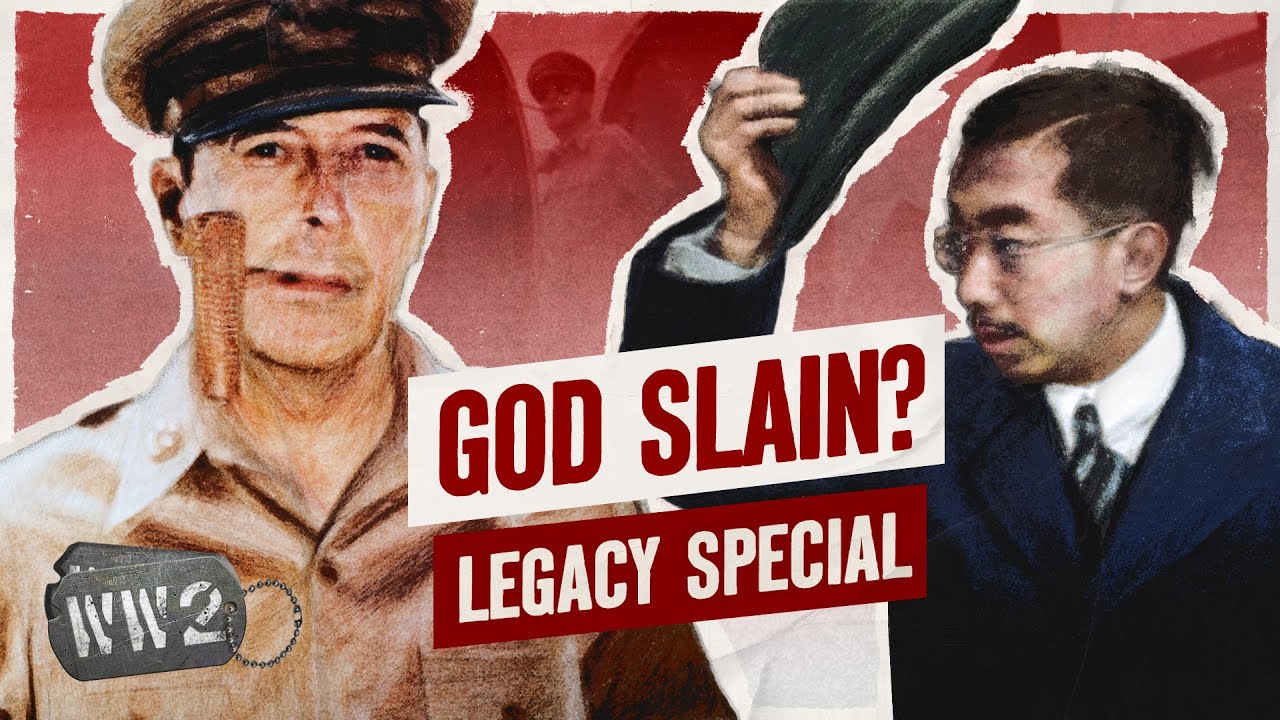The U.S. Homefront During WWII | History
Summary
TLDRThe video highlights America's transformation during World War II, focusing on the dramatic changes to daily life on the homefront. After the attack on Pearl Harbor, the U.S. saw widespread rationing, the rise of Victory Gardens, and efforts to buy war bonds to support the war effort. With 16 million Americans enlisted, women stepped into roles traditionally held by men, famously embodied by Rosie the Riveter. The war also led to the internment of Japanese-Americans and strained America's social fabric. While war-time measures ended in 1945, the impact on women and industry echoed for decades.
Takeaways
- 😀 The attack on Pearl Harbor on December 7, 1941, led to the U.S. entering World War II, dramatically changing the country's way of life.
- 😀 Rationing became a major part of daily life during the war, with citizens limited to purchasing goods like gasoline, clothing, and meat with ration cards.
- 😀 People grew Victory Gardens to supplement rationed food, and community scrap drives helped collect materials for the war effort.
- 😀 The U.S. government encouraged people to buy war bonds, which helped fund the war and controlled inflation by taking money out of circulation.
- 😀 The war caused a massive shift in manufacturing, providing many new jobs, particularly in the production of weapons and military supplies.
- 😀 With millions of men enlisted, women stepped into roles traditionally held by men, including working in factories. The iconic 'Rosie the Riveter' symbolized this shift.
- 😀 Over 6 million women joined the workforce in manufacturing jobs, significantly impacting both the war effort and post-war society.
- 😀 The war led to the growth of American cities, especially in Southern California and the southern U.S., due to increased industrial demand.
- 😀 Despite wartime restrictions, Americans continued to engage in popular pastimes like baseball and movies, helping maintain morale.
- 😀 One of the darker chapters of U.S. history during WWII was the internment of approximately 120,000 Japanese Americans, who were forcibly relocated to prison camps.
- 😀 The end of World War II did not instantly return the country to its pre-war state, especially in terms of the roles of women and the growth of industry, which had long-lasting effects.
Q & A
What significant event marked the first Sunday of December in 1941 for Americans?
-The significant event was the Japanese attack on Pearl Harbor, which led the United States to enter World War II.
How did the U.S. government encourage Americans to support the war financially?
-The U.S. government encouraged Americans to buy war bonds, which were essentially loans to the government, helping to fund the war and control inflation.
What impact did World War II have on the American workforce?
-World War II caused a significant shift in the American workforce, with many men enlisting in the military, leaving gaps that women filled by taking on jobs traditionally held by men, especially in manufacturing.
What role did women play in the American war effort during World War II?
-Women played a crucial role in filling jobs in manufacturing and industry, symbolized by the 'Rosie the Riveter' poster, with over six million women joining the workforce.
How did World War II affect the American economy and cities?
-The war led to a manufacturing boom, which created many jobs, especially in cities like those in Southern California and the Southern U.S., contributing to urban growth.
What were Victory Gardens, and why were they important during World War II?
-Victory Gardens were private gardens where Americans grew fruits and vegetables to help supplement rationed food, contributing to the war effort and food conservation.
What is rationing, and what items were rationed during World War II?
-Rationing was a system where certain goods, including gasoline, clothing, meat, and butter, could only be purchased with ration cards to conserve resources for the war effort.
What was Executive Order 9066, and what effect did it have on Japanese-Americans?
-Executive Order 9066, signed by President Roosevelt in 1942, led to the forcible removal and internment of Japanese-Americans from the West Coast, affecting approximately 120,000 people.
How did World War II affect American social and cultural life?
-While the war led to significant social and economic changes, it also had cultural impacts, with pastimes like baseball and movies continuing to entertain the public, and certain dark chapters, such as the internment of Japanese-Americans.
What was the lasting impact of World War II on American women and industry?
-The war had a lasting impact by permanently altering the roles of women in the workforce and changing American industry, with many women continuing to work in manufacturing and other sectors long after the war ended.
Outlines

This section is available to paid users only. Please upgrade to access this part.
Upgrade NowMindmap

This section is available to paid users only. Please upgrade to access this part.
Upgrade NowKeywords

This section is available to paid users only. Please upgrade to access this part.
Upgrade NowHighlights

This section is available to paid users only. Please upgrade to access this part.
Upgrade NowTranscripts

This section is available to paid users only. Please upgrade to access this part.
Upgrade NowBrowse More Related Video

Sacrifice and Shortages - America Goes to War (Episode #3)

WORLD WAR I: On the Homefront [APUSH Unit 7 Topic 6] Period 7: 1898-1945

Rationing In Britain

Sejarah Perang Dunia 2 Penyebab,Akibat,Negara yang Terlibat dan Dampak ( MATERI SBMPTN ) Neo Edukasi

The Occupation of Japan Begins - a WW2 Epilogue Special

How America became a superpower
5.0 / 5 (0 votes)